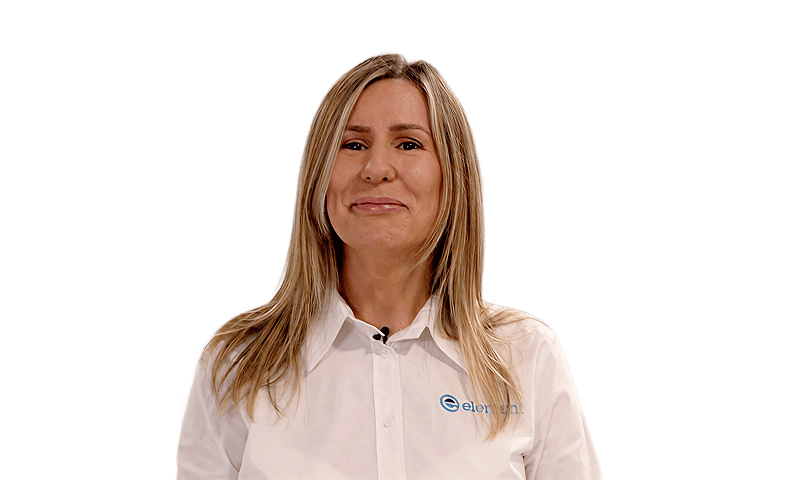GC/MS Analysis Services
Access ISO 17025-accredited GC/MS analysis services, approved by CPSC, with world-class chromatography equipment. Detect compounds at parts per billion for compliance and product safety. Our expert team in the US and Asia provides tailored testing, ensuring precise, reproducible data for regulatory, environmental, and material analysis needs.
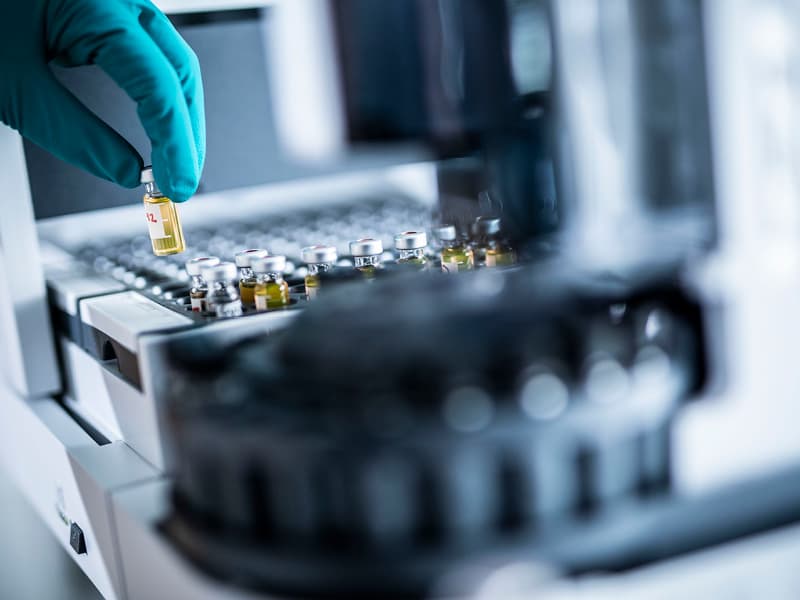
What are GC/MS Analysis Services at Element?
GC/MS analysis is a highly sensitive technique that combines gas chromatography and mass spectrometry to separate, identify, and quantify individual components within complex mixtures. It is particularly effective for detecting volatile and semi-volatile compounds at trace levels. At Element, we provide both liquid injection for direct sample introduction and thermal desorption for solid-phase analysis, minimizing sample consumption while ensuring precise identification and quantification, even in low-concentration samples.
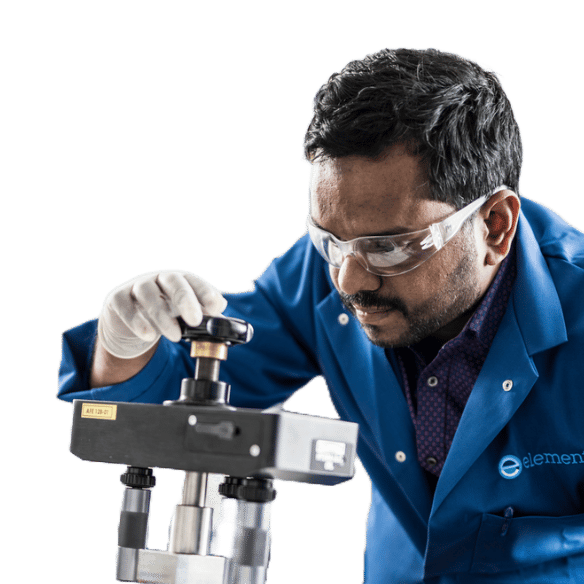
What Can Element Offer You For GC/MS Analysis Services?
Key Tests Offered
Key Tests Offered
From VOC and SVOC testing to headspace analysis and purge & trap methods, we deliver detailed compound identification and quantification. Our services include mixture analysis, compliance testing, outgassing studies, and contamination identification. Each test is precisely calibrated to meet your specific analytical requirements and regulatory needs.
- Compound separations and identification
- Regulatory Compliance certifications
- Mixture quantification
- Outgassing studies
- Plastic extractables analysis
- Residual contaminant and impurity analysis
Materials we test
Materials we test
Our comprehensive testing capabilities cover environmental samples, volatile and semi-volatile compounds, chemical mixtures, and solid materials. We analyze trace compounds with precision, supporting your specific testing requirements across multiple industries and applications. Our expertise extends to detecting pollutants in air, water, and soil samples for complete environmental assessments.
- Environmental samples (air, water, soil)
- Volatile and semi-volatile organic compounds
- Complex chemical mixtures
- Solid materials requiring thermal desorption
- Residual compounds and impurities
- Industrial materials and manufactured products
Methods And Solutions Offered
Methods And Solutions Offered
We utilize multiple GC/MS testing approaches tailored to volatile, semi-volatile, and solid-phase compound analysis. Our advanced liquid injection, thermal desorption, headspace GC/MS, and purge & trap techniques ensure low detection limits while minimizing sample consumption.
Cutting-Edge Equipment We Use
Cutting-Edge Equipment We Use
Utilize advanced gas chromatography equipment capable of detecting compounds at parts per billion or trillion levels. high-sensitivity gas chromatography and mass spectrometry instrumentation delivers exceptional accuracy for even the most challenging analytical requirements. The precision of our equipment ensures reproducible results essential for your decision-making and stakeholder communication needs.
Which Labs Offer This Service
Which Labs Offer This Service
Our engaged experts, strategically located in the US and Asia, have extensive training in the intricacies of GC/MS analysis and method development tailored to your needs.
Environmental monitoring excellence
Environmental monitoring excellence
Our specialized environmental monitoring solutions provide comprehensive analysis of air, water, and soil samples. Get detailed insights into pollutant levels and maintain environmental compliance with precision testing methods. Our advanced GC/MS capabilities help you thoroughly assess environmental impact with exceptional accuracy, supporting your commitment to environmental responsibility.
Standards we test to and materials we test
- B.C environmental Lab Manual
- CPSC-CH-C1001-09.3
- EPA standards (1311, 1653, 3510, 3540, 5030, 5035, 521.1, 524.2, 525.2, 548.1, 624.1, 625.1, 8015, 8081, 8141, 8260, 8270)
- GB/T 22048-2008
- USEPA 8260D: 2017
- USEPA 8270E: 2017
Environmental samples
- Air quality samples
- Water samples
- Soil samples
Chemical compounds
- Volatile organic compounds
- Semi-volatile organic compounds
- Polycyclic aromatic hydrocarbons
Industrial materials
- Chemical mixtures
- Solid materials
- Residual compounds
Your Challenges, Our Solutions
Maintaining Compliance with Confidence
Decoding Complex Chemical Mixtures
Ensuring Comprehensive Environmental Compliance
Detecting Impurities with Precision
Element Experts at your service
Why Choose Element
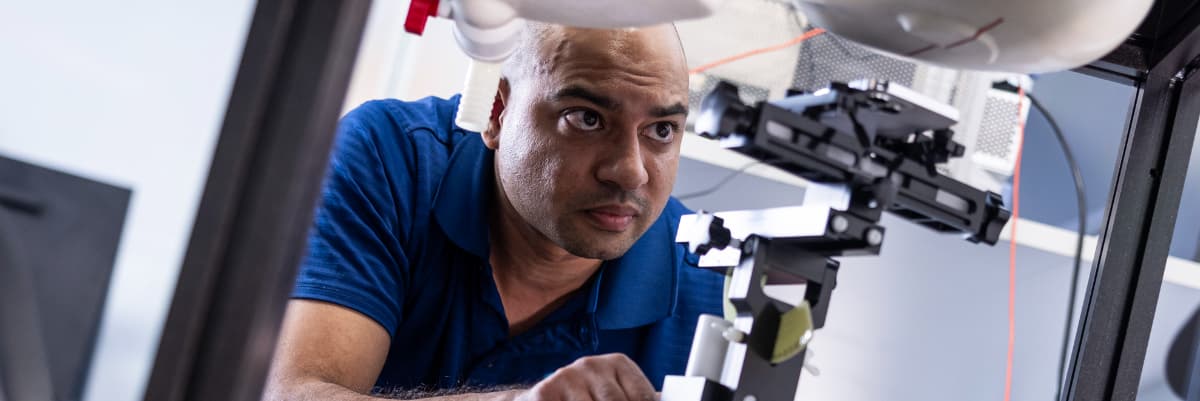
Customized solutions
Accurate and reproducible results
Test procedures as unique as your products
Highly sensitive equipment
Frequently asked questions
What detection limits can GC/MS analysis achieve?
Our advanced equipment can detect compounds in the parts per billion or parts per trillion range, providing exceptional accuracy for trace analysis.
How do you handle samples with multiple compounds?
We use specialized separation techniques and may require multiple samples to deliver comprehensive, accurate results for complex mixtures.
What are the benefits of thermal desorption in GC/MS analysis?
Thermal desorption allows us to analyze solid samples with minimal consumption. By heating the sample to release volatile components, we ensure accurate identification without using excessive sample material. This is particularly valuable for trace compound analysis where only small quantities are available.

Explore our global network of labs and find your nearest location
VIEW ALL LOCATIONSRelated services
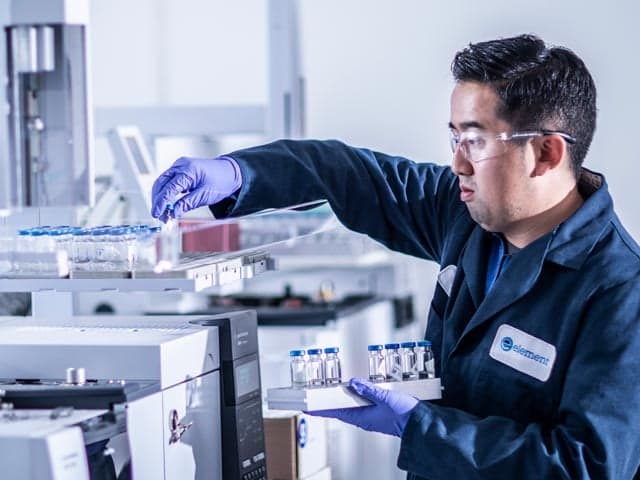
Volatile Organic Compound (VOC) Testing and Analysis Services
Element's testing for advanced Volatile Organic Compounds and Semi-Volatile Organic Compounds (SVOCs) ensures you comply with strict regulations, safety guidelines and legislations whilst avoiding exposure.
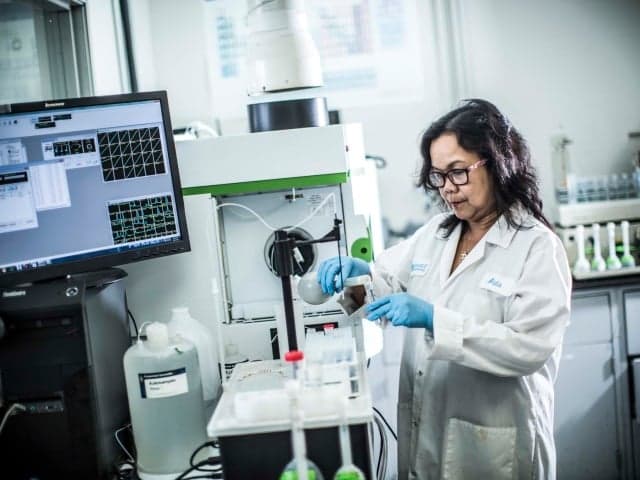
Chemical Analysis Services
Element’s chemical analysis services provide accurate material verification, compliance testing, and contamination detection. Our advanced methods deliver reliable insights for product development, quality control, and regulatory standards.

